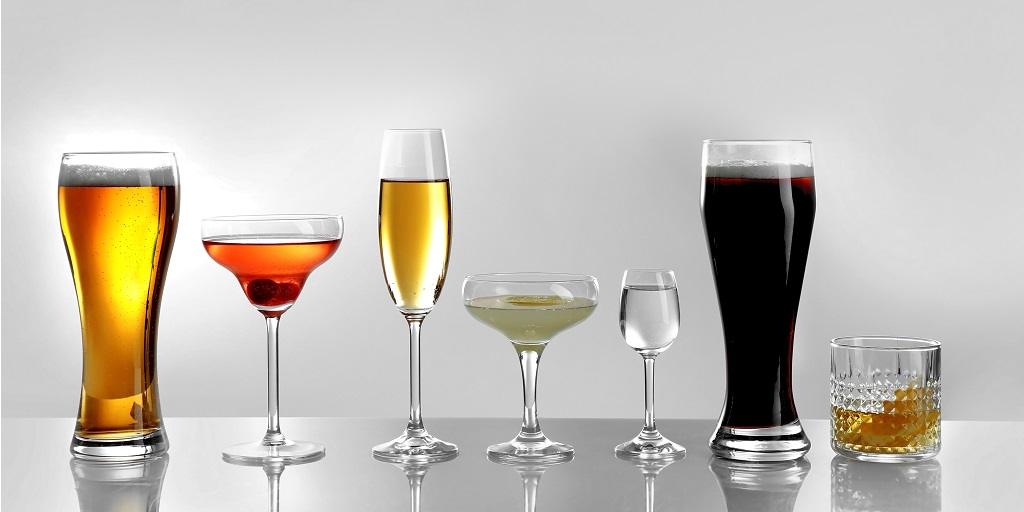
Risky drinking and alcohol consumption down says AIHW
After a tug-of-war year in which alcohol organisations and the anti-alcohol lobby have argued about the true impact of COVID-19 restrictions on the drinking habits of Australians, the Australian Institute of Health and Welfare (AIHW) has released its latest report.
The AIHW, whose statistical evidence informs policy-making, has suggested that not only is alcohol consumption as a whole declining, but risky drinking rates are falling and young Australians are going tee-total.
Articles published under the media release byline are news produced by the relevant business and remain unedited by Brews News. This media release was circulated by the Australian Institute of Health and Welfare.
 Updated data today from the Australian Institute of Health and Welfare (AIHW) has confirmed Australians retain a mature and responsible relationship with their use of alcohol.
Updated data today from the Australian Institute of Health and Welfare (AIHW) has confirmed Australians retain a mature and responsible relationship with their use of alcohol.
Risky drinking rates are falling, consumption levels are declining, wine is increasingly popular as tastes changes, and underage and young Australians are overwhelmingly avoiding drinking at all.
On a per-capita basis the consumption of alcohol is at a 50-year low (1968: 10.8 litres pure alcohol per person. 2018: 9.5 litres).
Fewer Australians are now drinking daily, down significantly from 8.5 percent in 2001 to 5.4 percent in 2019. Even those who enjoy a glass or two a week is down from 39 percent to 34 percent over the same period.
Commenting on the figures, Alcohol Beverages Australian CEO Andrew Wilsmore said: “What you are seeing is significant cultural change where moderation is the new norm – Australians are making sensible choices and choosing to act responsibility when it comes to enjoying alcohol.
“No-one who works hard at crafting a beer, wine or spirit wants Australians harmed by their product and over several decades of partnering with Governments or by investing in industry-led programmes and initiatives, it is pleasing to see the proportion of people exceeding lifetime risk guidelines (drinking more than 2 standard drinks a day) declining from 21 percent in 2001 to 16.8 percent in 2019. It’s a trend that says Australian are increasingly capable of making sensible, personal decisions around their own consumption.
“Public education campaigns and police RBT enforcement has clearly made a big difference. The AIHW data shows driving a car was the riskiest activity undertaken while under the influence of alcohol and has fallen more than 40 percent from 14.3 to 9.9 percent of drinkers over nine years,” said Mr Wilsmore.
Underage Australians in particular have heeded the message about abstaining from alcohol with 72.5 percent of 14-17 year old’s not ever having had a drink in 2019, up from 39 percent from just 12 years before.
Australian’s tastes have also changed. 50 years ago, beer was the drink of choice representing almost three quarters of all alcohol sales (73.5 percent). Now its 39 percent, with wine rising from 14.4 percent to almost 39 per cent (38.4 percent). Spirits, cocktails and packaged ready-to-drink products now represent 19.9 per cent up from 12.2 per cent.
“We think more carefully about how we drink these days,” said Mr Wilsmore. “Australians are making conscious decisions to moderate and drink responsibly, with big trends during covid seeing Australians choosing to drink less, but spending more on a premium product, or exploring low and zero-alcohol products.
“It’s a strong message to those want to want to regulate drinkers ever further. Australians are doing the right thing by drinking responsibly and at the same time backing an industry that supports the livelihoods of 485,000 people and generates $52 billion in economic value.”



